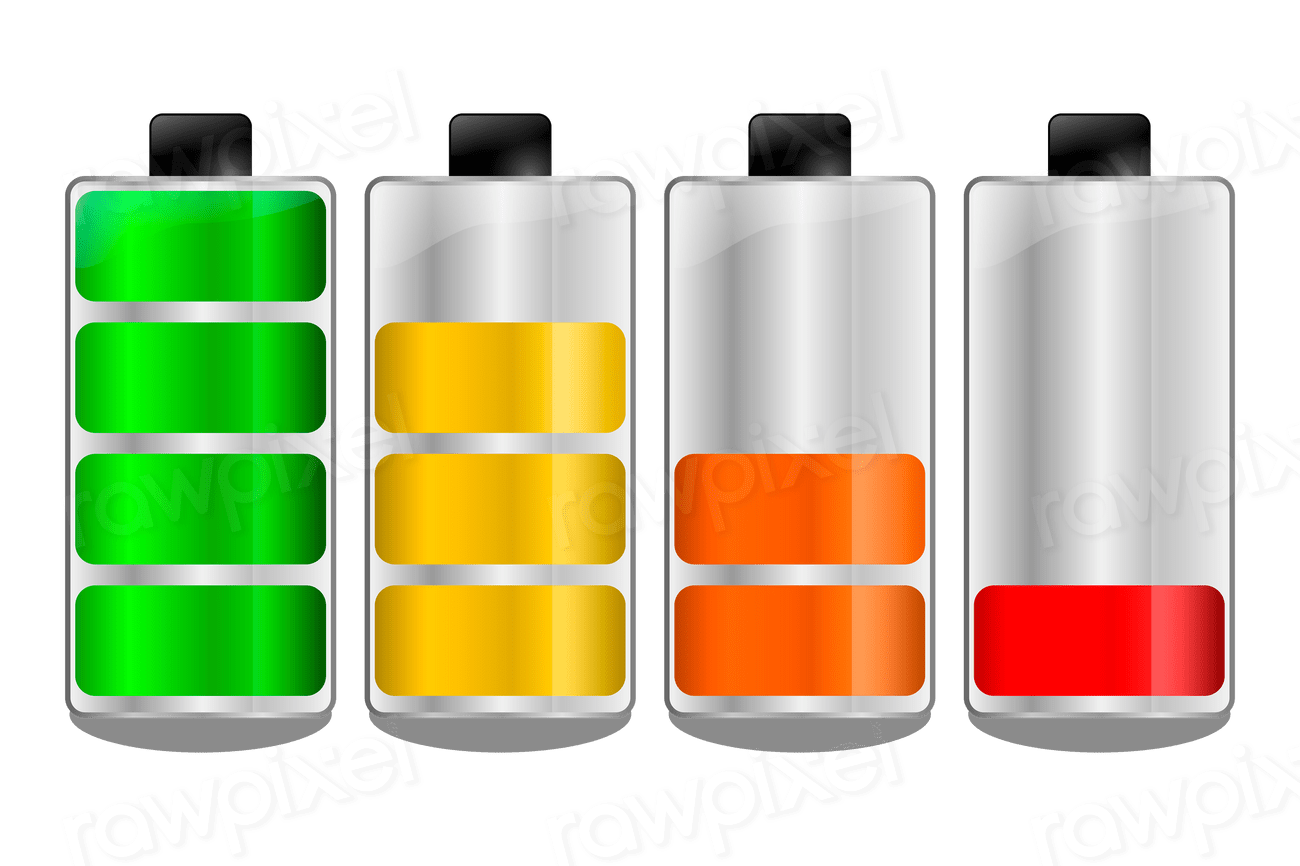
Stanford University researchers found that the best way to extend the life of a lithium-metal EV battery is to drain it and let it rest for a few hours.
The study, “Resting restores performance of discharged lithium-metal batteries,” published on February 7 in the journal Nature, found that this straightforward approach restored battery capacity and boosted overall performance.
Study co-lead author Wenbo Zhang, a Stanford PhD student in materials science and engineering, said:
We were looking for the easiest, cheapest, and fastest way to improve lithium metal cycling life.
We discovered that by resting the battery in the discharged state, lost capacity can be recovered and cycle life increased.
These improvements can be realized just by reprogramming the battery management software, with no additional cost or changes needed for equipment, materials, or production flow.
The study results could provide EV manufacturers with practical insights into adapting lithium metal technology to real-world driving conditions.
Lithium-metal vs. lithium-ion
Lithium-metal batteries could double the range of EVs, but they rapidly lose their capacity to store energy after just a few cycles of charging and discharging, rendering them useless for routine driving.
A conventional lithium-ion battery consists of two electrodes – a graphite anode and a lithium metal oxide cathode – separated by a liquid or solid electrolyte that shuttles lithium ions back and forth.
In a lithium-metal battery, the graphite anode is replaced with electroplated lithium metal, which enables it to store twice the energy of a lithium-ion battery in the same amount of space. The lithium-metal anode also weighs less than the graphite anode, which is essential for EVs. Lithium-metal batteries can hold at least a third more energy per pound than Li-ion batteries.
When a lithium-metal battery is discharged, micron-sized bits of lithium metal become isolated and trapped in the solid electrolyte interphase (SEI). This spongy matrix forms where the anode and electrolyte meet.
“The SEI matrix is essentially decomposed electrolyte,” Zhang explained. “It surrounds isolated pieces of lithium metal stripped from the anode and prevents them from participating in any electrochemical reactions. For that reason, we consider isolated lithium dead.”
Repeated charging and discharging results in the build-up of additional dead lithium, causing the battery to lose capacity rapidly. So, an EV with a lithium-metal battery would lose range much faster than a Li-ion-powered EV.
Drain it and let it sit
Previous research at Stanford found that the SEI matrix begins to dissolve when the battery is idle. Based on that finding, the researchers conducting this study decided to see what would happen if the battery was allowed to rest while discharged.
They completely discharged the battery so it had zero current running through it and found that if the battery rests in the discharged state for just an hour, some of the SEI matrix surrounding the dead lithium dissolves away.
When the lithium-metal battery is recharged, the dead lithium will reconnect with the anode because there’s less solid mass in the way. Reconnecting with the anode brings dead lithium back to life, enabling the battery to generate more energy and extend its cycle life.
The research team initially thought the energy loss was irreversible, but using time-lapse video microscopy, they found that lost capacity could be recovered simply by resting the discharged battery.
IRL application
The average driver in the US spends about an hour behind the wheel each day, so resting a car battery for several hours isn’t out of the question.
A typical EV may have 4,000 batteries arranged in modules controlled by a battery management system. In a lithium-metal battery, an existing management system can be programmed to discharge an individual module entirely so that it has zero capacity left.
Top comment by Connor Paull
I'd like to know if they get back all performance or still have losses/how significantly the lifespan of the batteries is extended. It sounds like this could be super promising though.
Zhang said:
You can implement our protocol as fast as it takes you to write the battery management system code.
We believe that in certain types of lithium metal batteries, discharged-state resting alone can increase EV cycle life significantly.
Read more: Researchers achieve super-safe, ultrafast Li-ion battery charging
If you live in an area that has frequent natural disaster events, and are interested in making your home more resilient to power outages, consider going solar and adding a battery storage system. To make sure you find a trusted, reliable solar installer near you that offers competitive pricing, check out EnergySage, a free service that makes it easy for you to go solar. They have hundreds of pre-vetted solar installers competing for your business, ensuring you get high quality solutions and save 20-30% compared to going it alone. Plus, it’s free to use and you won’t get sales calls until you select an installer and share your phone number with them.
Your personalized solar quotes are easy to compare online and you’ll get access to unbiased Energy Advisers to help you every step of the way. Get started here. –ad*
FTC: We use income earning auto affiliate links. More.





Comments